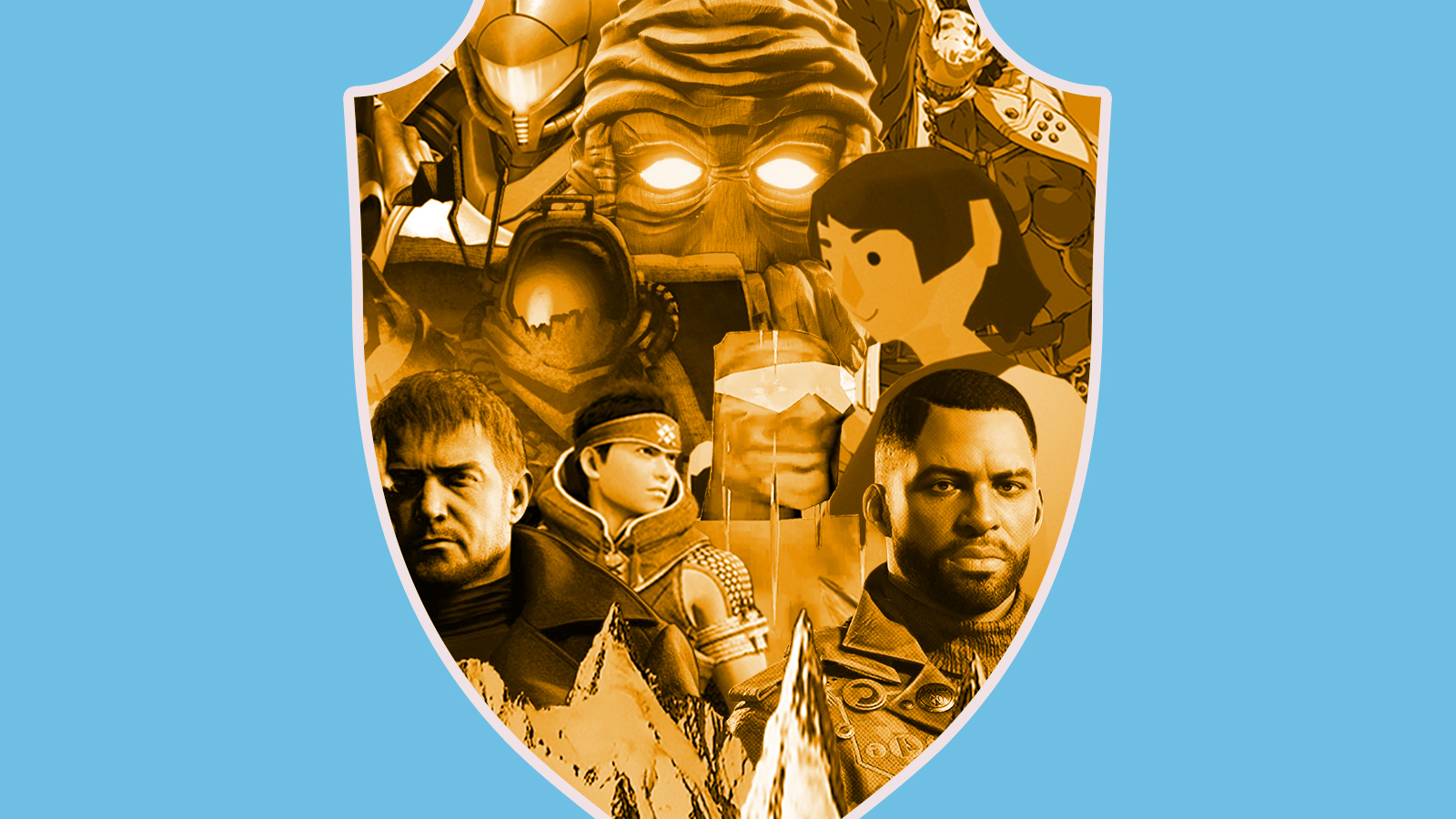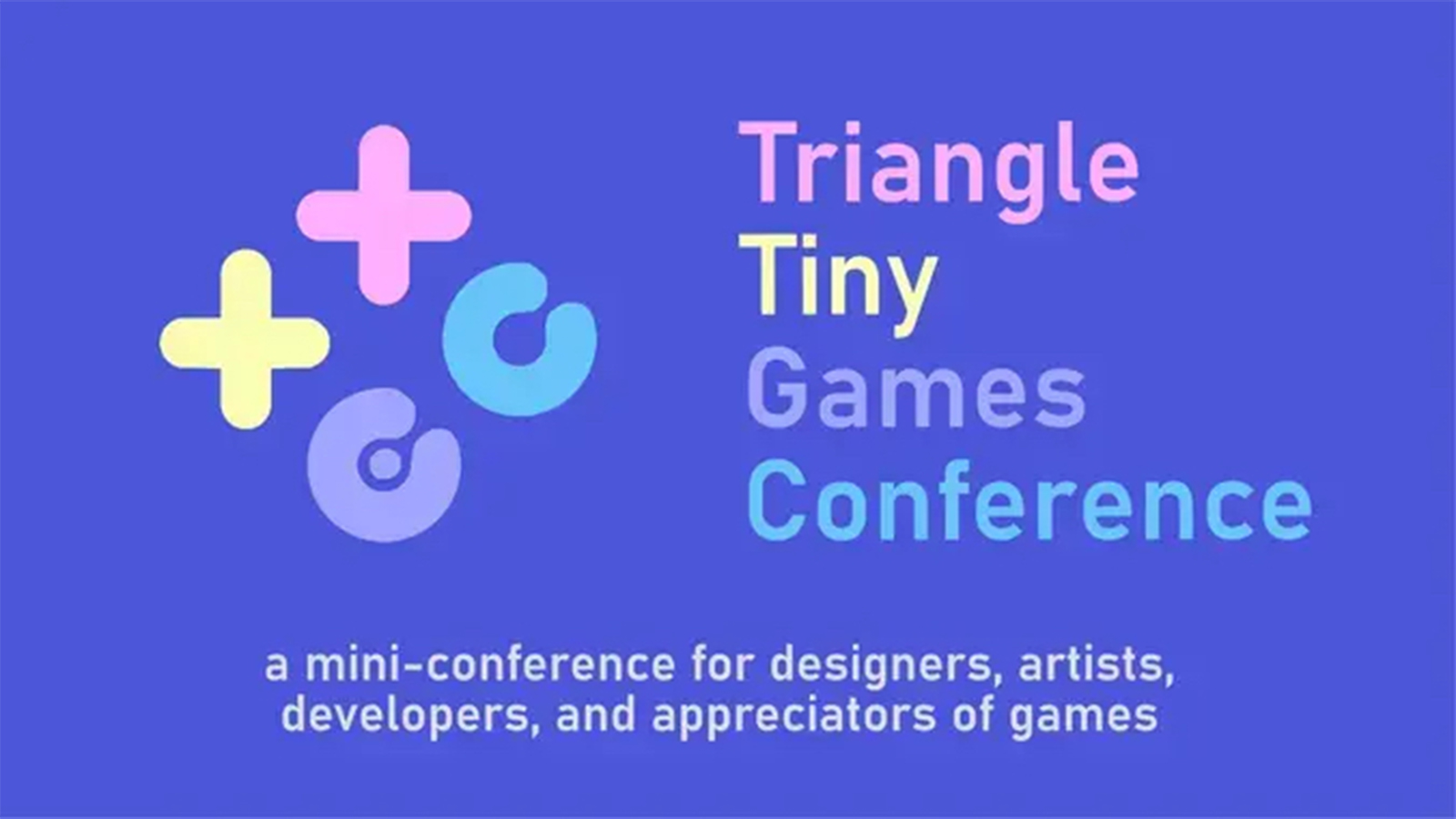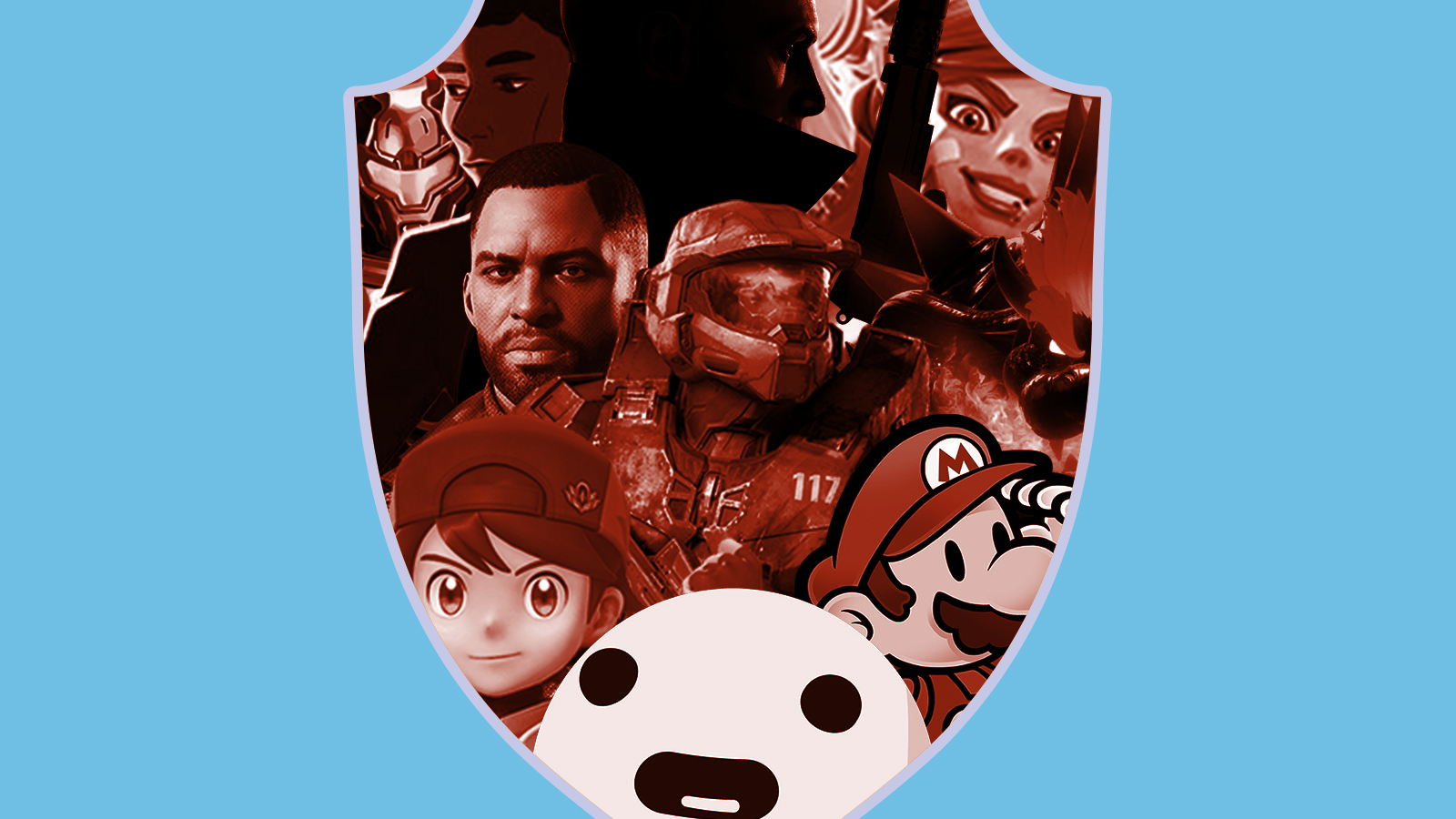espite a growing sentiment that 2021 may have been a spotty year for video games, with hyped releases marred by poor quality control or confusing design decisions, I think I got it pretty good. It’s been a year that’s shown us what really happens in the wake of a pandemic, right? Lots of folks tried to pretend it simply wasn’t happening for so long that reality caught up, and we have to face the facts: everything is affected by this.
But that’s not why we’re here. I’ve got games that I truly loved in this hectic time, and I think I did pretty well pulling this list together. We have some emotional extremes, resonant soundtracks, action adventure roller coasters… I like that what I count among my highest highs this year carry a lot of variety. Between fighting games and interactive museums and card games turned nightmares, I’ll remember each and every one of these as absolute gems.
10
KID A MNESIA EXHIBITION
Everything in its right place.
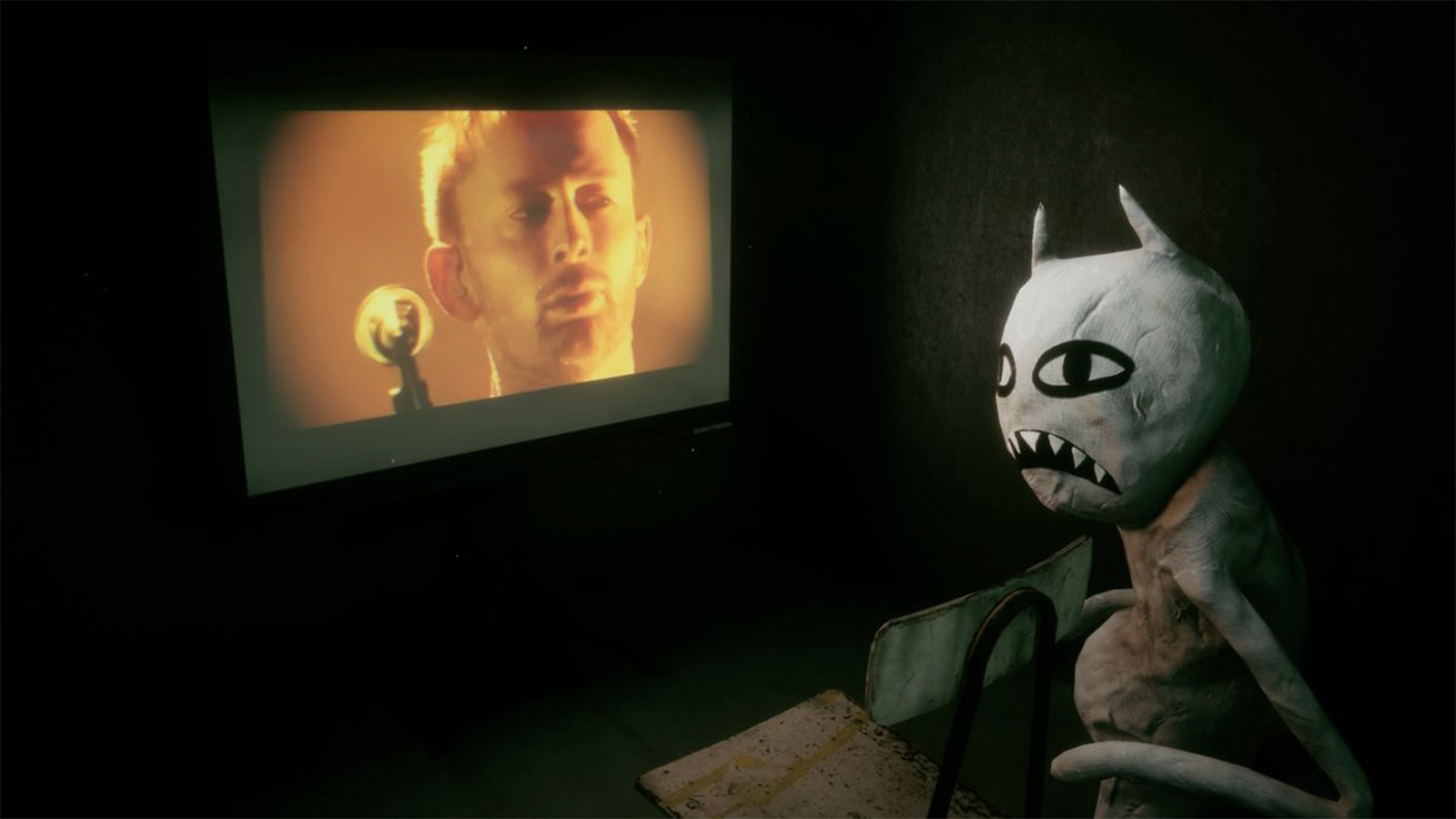
I was a weird kid in general, but my music tastes were especially foreign to my peers. To this day, I don’t really know how to describe what it is I like, only that I know it when I hear it, and very few bands consistently hit that mark like Radiohead does. Experiencing their most transcendent albums in a surreal exploratory space bubbled up a lot of emotions I had kind of forgotten about. As experimental and emotional as their work gets, the chance to revisit it in a whole new way is something else entirely.
Kid A Mnesia Exhibition walks you through a series of galleries accompanied by bits of tracks from the band’s titular albums Kid A and Amnesiac. Both records were considered the biggest departures for the group at the time, where they explored electronic frontiers while incorporating vibrant strings and subtle piano, creating some of their deepest and most emotional tracks.
The galleries in Exhibition are ultimately, as the interactive medium demands, more alive and dynamic than your standard art exhibit. In one scene, you find yourself in an impossibly shaped space, found only after climbing into a floating pyramid. Upon entering, the interior room is pitch black, only for the walls to light up with projected footage, revealing a massive minotaur stalking the space around you. In another scene, an empty concrete backroom houses a giant stick figure hunched in a corner, wearing a haunted grin. Ghosts wander the halls. Other patrons stand observing 2D paintings that unfold into 3D landscapes as you approach them. At one point, you’re simply floating in a void as the paintings by the band’s longtime collaborator Stanley Donwood explode around you in a rain of particles, all while the full track of “How To Disappear Completely” fills your senses… it’s an emotional experience that I’m so glad to have had. The chance to re-experience this work, that meant so much to me in my youth, is a treasure.
9
Cruelty Squad
Sensory assault vector and psychic bludgeon.
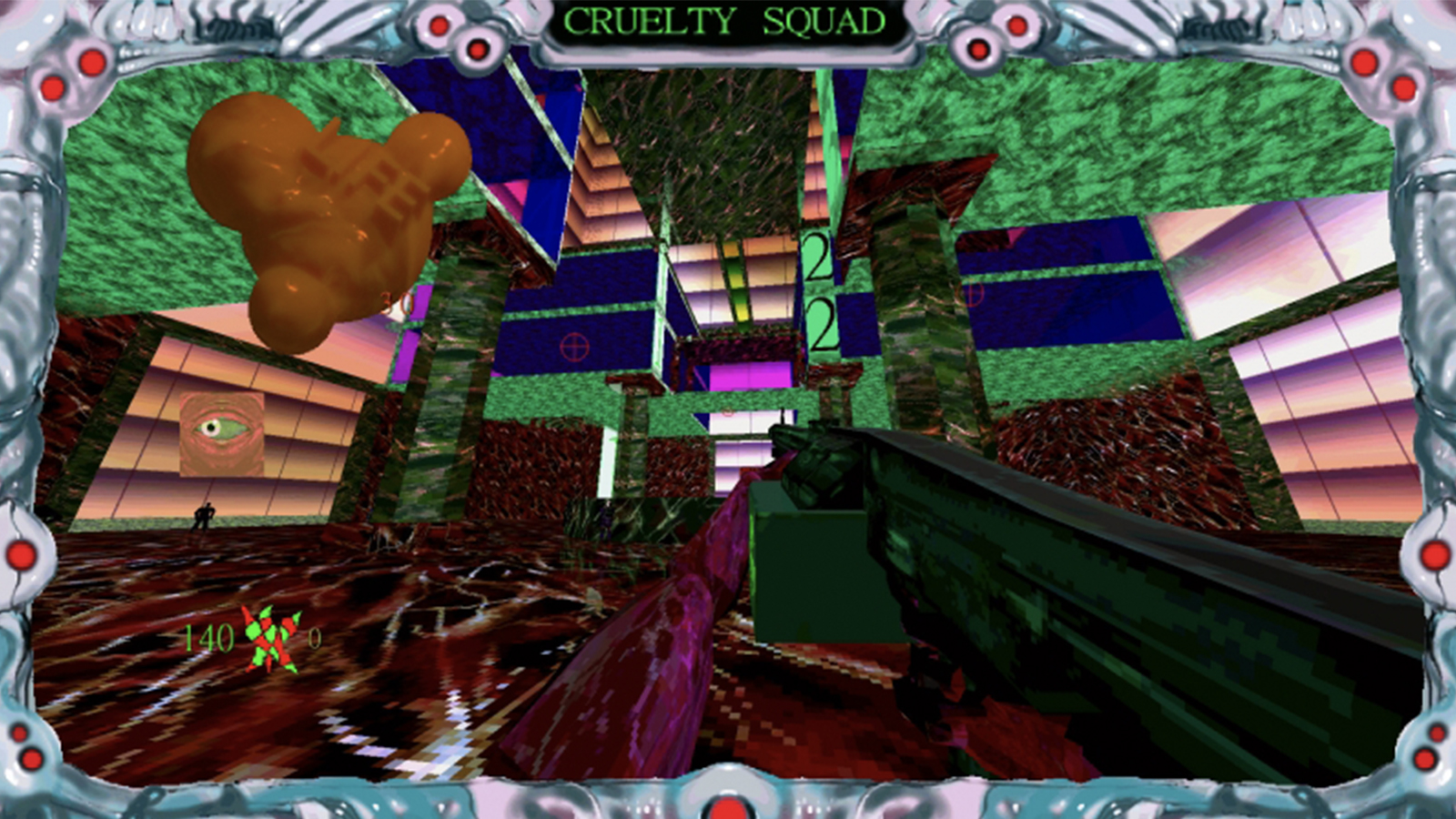
There’s nothing like Cruelty Squad out there. In games, the closest thing I can think of is the infamous bootleg game, _Hong Kong 97*. Outside of games, you could probably get a similar experience from watching footage of someone attempting open-heart surgery by the light of a tire fire. And the footage was recorded on a Nokia 7650. Cruelty Squad is simultaneously a practical joke played on us, the idiot consumers who would even consider buying something like this, while also being a one hundred percent self-serious endeavor. Underneath its “creepy meth dealer who hangs out by the school playground” skin, Cruelty Squad is a seriously competent immersive sim that ponders both life and death in the face of an anarcho-capitalist hellscape.
You can complete levels in a blur — grappling over a building using your augmented appendix and intestine rope, then blasting green gunk out of your feet to slow your descent, and finally kicking open an air vent to land right next to your assassination target to take them out. But the world accommodates slow-paced exploration as much as it does amateur speedrunning: you can also simply go fishing, or talk with NPCs who might divulge bits of world building in dialog that feels more like a Something Awful slam poetry night than it does legitimate writing.
You’ll also discover doors that only respond to your “Divinity,” a metric defined by whether or not you’ve died at all throughout your play, which can only be restored near the end of the game. These divine doors can give powerful equipment or unlock secret levels and that play with the expectations you’d have for an FPS, like a dimly lit mansion full of enemies where the target at the end doesn’t fight — he in fact praises your assassination work as the most noble profession and wants you to describe just how you’ll kill him.
The least secret level of them all is a house that you can buy from the games shop. It’s available right from the start, albeit prohibitively expensive at one million dollars. You’ll need to save up by either gaming the organ harvesting stock market, or get extremely lucky with the fishing minigame, but ultimately the house is empty and devoid of much gameplay outside of a gun range in your new backyard, showing how even the highest of high ticket items can never be particularly fulfilling. In another example of the game’s dark commentary, you have the option of trading your “life blob” — an ever-present viscous orb representing your character’s health — for a “death blob.” It’s an irreversible surgical procedure uppending your basic state of existence in favor of extra maneuverability and resistance against certain kinds of damage. Unlocking the option requires “eradicating your hope,” an actual game mechanic that I feel works better the least I explain it.
While Cruelty Squad seems like a barebones Deus Ex or Dishonored on the outside, it’s what’s happening under the hood that builds a more interesting world than what its spiky, crusty shell implies. The game tries to trick you into thinking it’s a rough and terribly made shitpost, only to betray your senses and reach your soul — even if it means binding reload to right click by default.
8
Before Your Eyes
Bring eye drops.
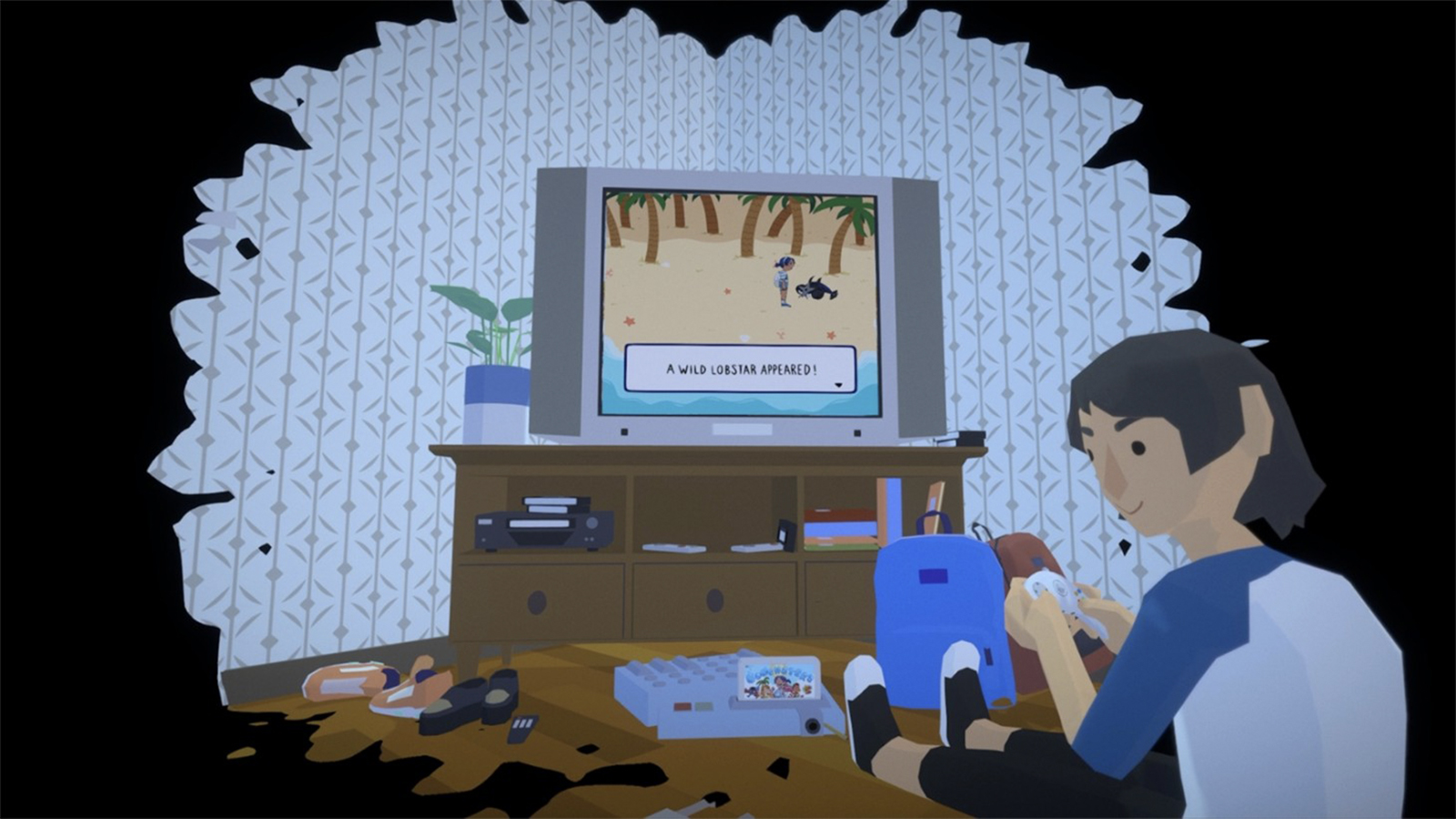
I love gimmicks: motion controls, sharing a controller with a friend, an FPS where you’re trying to cover the ground with paint — I like weird and experimental! I also like challenging expectations. Before Your Eyes does both.
You’re asked, before you do anything, to calibrate your webcam. Blink and see if it registers, adjust sensitivity if it doesn’t, and then you’re off. Fished out of a river and plopped onto the deck of a ratty fishing boat, face to face with an old black dog in a classic fisherman’s yellow raincoat. He explains that you’re dead and he’s going to try and tell your life story to the guardian at the end of your trip to help you pass on, but when he realizes you can’t speak to him… he asks you to blink if you understand.
What follows is a trip down memory lane where every blink causes a skip forward in time. Just when you are trying your hardest to stay in the moment to re-experience a golden memory and catch every bit of the story — you slip, and an involuntary bodily function rips you out of one scene and into the next. This mechanic carries a full ton of metaphorical weight about the fleeting moments that make up a full life, whether or not it’s the life you wanted. It’s a game all about the treasured memories that slip away before we really get a chance to appreciate them. Ultimately, reliving your life story is about just that — learning to treasure life while we can.
7
Guilty Gear Strive
Know the smell of the game.
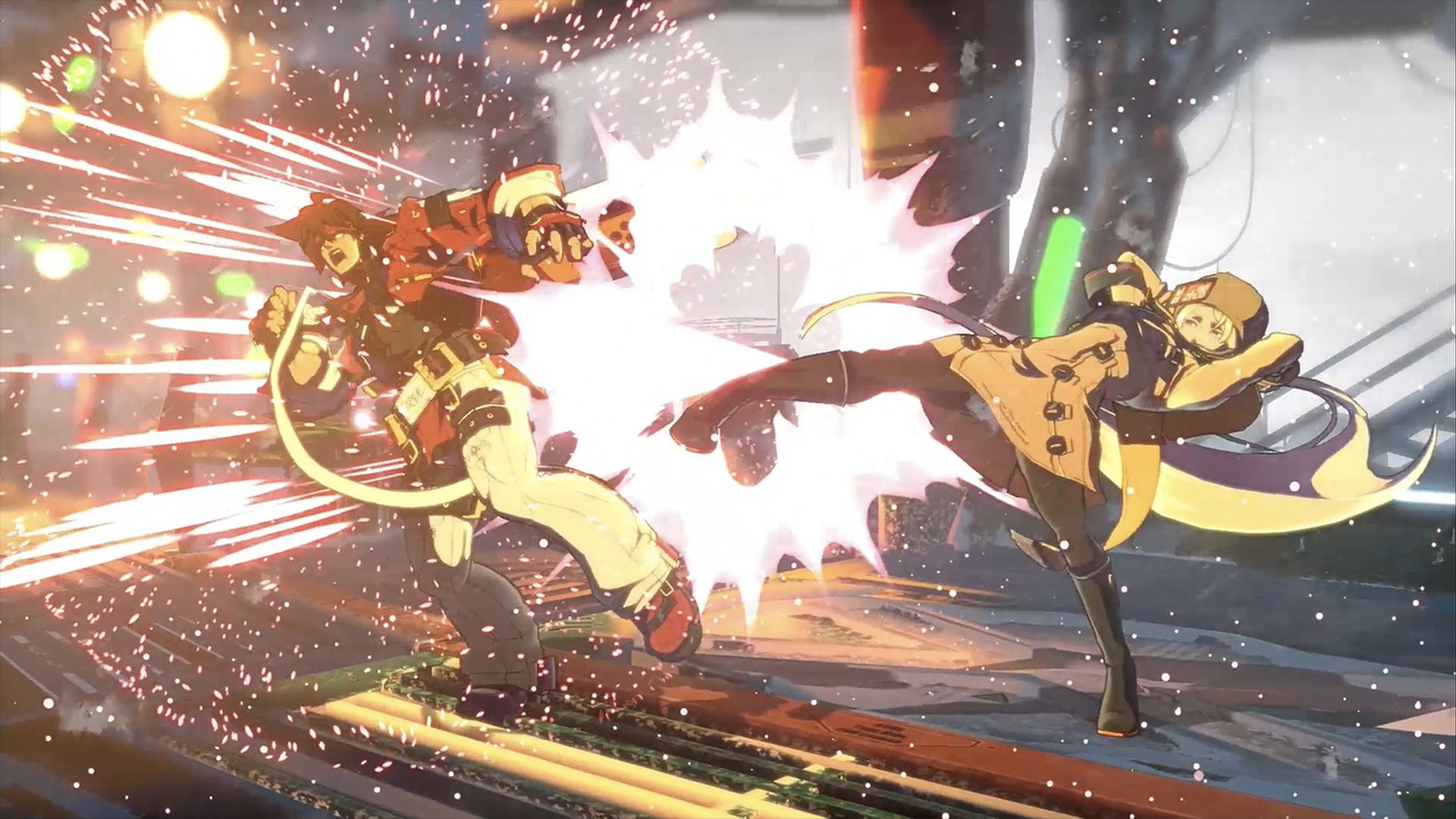
Guilty Gear Strive brought me back into the fighting game community fold with more bravado and style than I could’ve expected. It’s one thing to build a competent and clean fighting game with accessible mechanics, it’s another entirely to fill it to the brim with the essence of cool. Guilty Gear Strive is sex, drugs, and rock and roll. It’s a game where every character has a custom song performed by NAOKI who explores all the nuances of his heavy metal anthems as much as the game itself explores the fighting game genre. It’s a game with a character whose physically improbable crouch pose inspired a week-long internet art trend. It’s a game where one of the character designs asks, “what if John Goodman and Dog the Bounty Hunter were fused together and then joined the Men in Black, and also fought with a giant coffin on a chain?”. It’s a game where God gives some guy all of his power and he just uses it to materialize a red convertible and infinite guns. Guilty Gear has always reveled in its bizarre, ever-marching story and the monumental nonsense it creates, like how the series’ protagonist is named Sol Badguy.
But beyond the ridiculous, Guilty Gear has almost always done one thing better than any other fighting game: making sure each and every character is totally and completely unique. Each roster member’s poise, personality, form, and style brings something totally new to the fighting game table. But bringing these characters into the fidelity Arc System Works has been perfecting over the last ten years is something truly incredible to behold — the effects and animations that grace the screen earn out-loud verbal praise from me more often than I would have expected.
And some of the series’ best voice acting puts a bow on top of the package: there’s Nagoriyuki’s earth shattering yells of defiance when he swings his screen-clearing katana, all of Faust’s little insane ramblings, and also the steam whistling from Potemkin’s joints as he mechanically shudders around. It oozes life into a genre that can often fail to understand how vital this stuff is. Your opponent in the opening tutorial will even react appropriately if you use more complex moves right from the get-go, humorously exclaiming that this was supposed to just be a formality. Guilty Gear Strive is, to be frank, a complete and utter triumph.
6
Monster Hunter Rise
The boys are back in town.
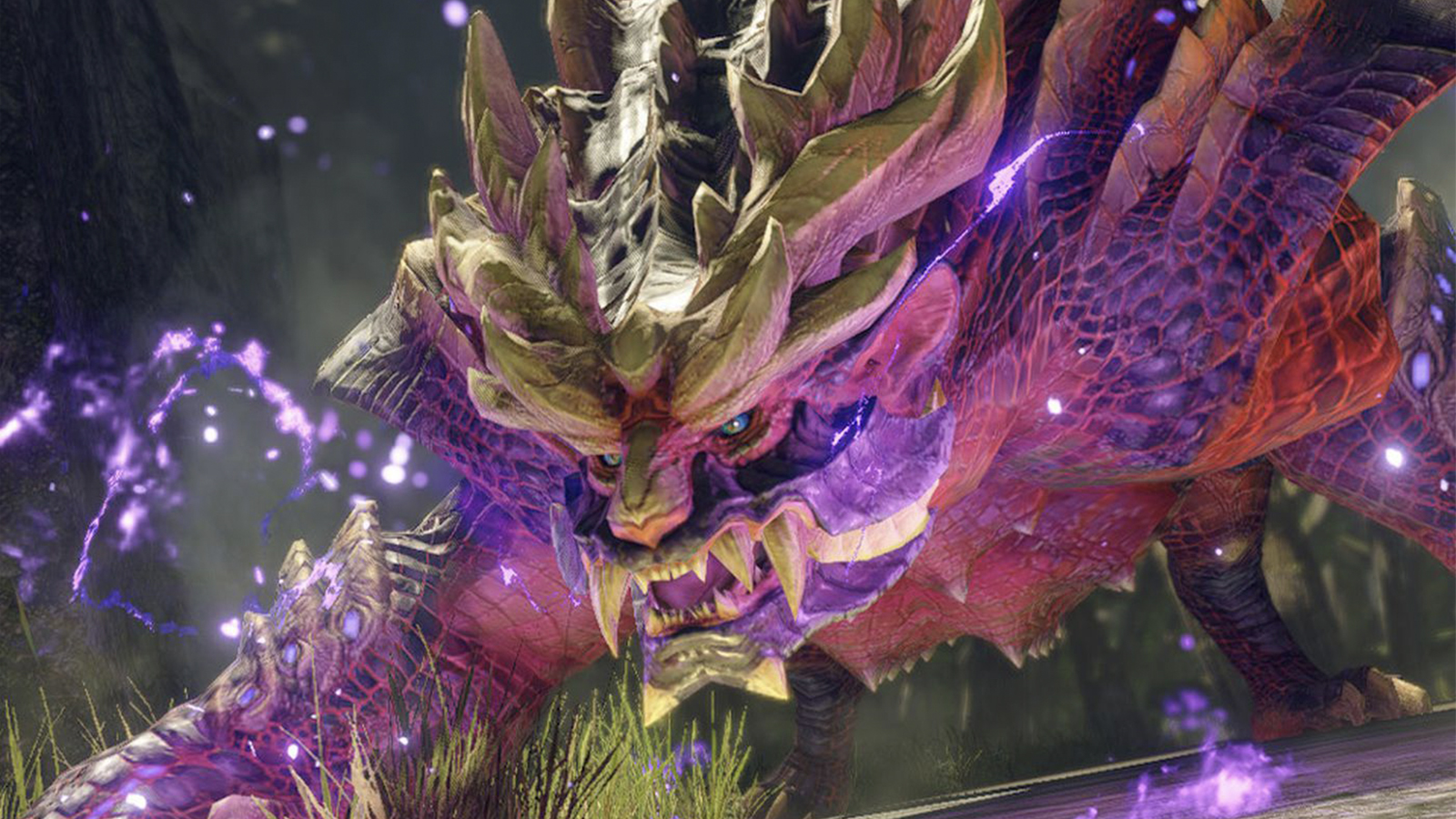
Yeah, yeah, another year, another Monster Hunter game to fawn over. It’s probably a tired gag to many now, but I can’t help it! What really helped me fall for this year’s MonHun was how it brought my old hunting group back together. After Monster Hunter World split us apart with individual hardware limitations, Rise pulled us back together and taught us how to hunt all over again.
New mechanics, new monsters, new gear, new story — the new Monster Hunter formula is all here! There are dogs now, Palamutes, that you can ride, allowing for faster traversal. They also provide an extra hand in battle, much like the Palicos have since time immemorial. There are also Wirebugs — silkworm-beetle hybrids that can support a full grown hunter’s weight and offer fantastic new means of traversal and cool new moves for your weapons. They can be sent out to a fixed point in the air for instant grappling, no surface required, or you can shoot them out horizontally for an instant dash in any direction for emergencies. You can even attach one to your sword and use it to swing the weapon around your head in a brief whirlwind of death.
Indigenous life actually plays the biggest role it ever has in a Monster Hunter title, building off of World’s system for discovering and utilizing creatures that can heal or buff you. Here we find creatures that can be collected and deployed as traps, and my favorite — the Stink Mink — can be comically rubbed all over your hunter to turn them into walking monster bait. The wildlife has also provided players with a new weapon: the monsters themselves. Attacking a monster with Wirebug moves slowly builds the opportunity to put them in a mountable state, allowing you to temporarily control them while using the Wirebug strands as puppet strings. In this state, you get access to their attacks in order to lay the smack down on another target in new and exciting ways. Monster Hunter has always claimed to be about fostering a deep connection to nature, and I think they’ve gotten closer than they ever have before.
There’s also the horde mode — which includes tower defense elements that really put your party’s multitasking skills to the test — as well as secret areas to discover all over the maps, and a compelling story to boot. Monster Hunter keeps improving itself in such drastic ways, and if it continues to I really won’t mind buying it again year after year.
5
Metroid Dread
Probability of survival low.
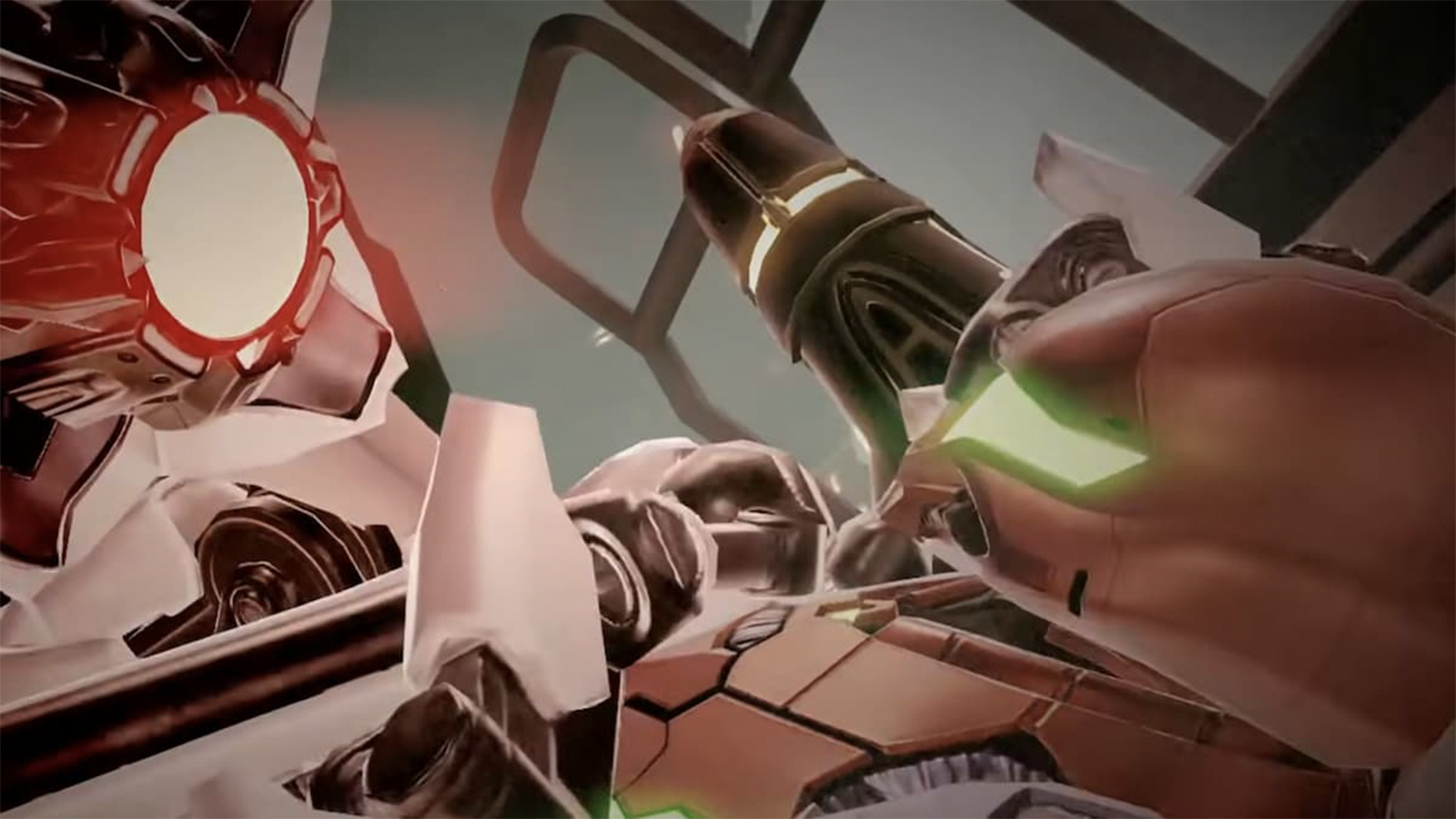
I think I saw more game over screens while playing Metroid Dread than I have in the past ten years. I didn’t think video games even had game over screens anymore. You know what though? I relished them. Game overs in Metroid Dread are a hand reaching out to you after having knocked you to the ground. Every time I died, I learned something, allowing me to get a little bit better. Metroid has always focused on the link between you and Samus, growing stronger together.
The basics of every Metroid are the same: Samus travels to a new planet for a mission and loses her powers immediately, forcing you to explore the world in order to find them to get them back and rebuild her strength. You trek across the map, opening new paths, slowly regaining your old abilities, which allows you to open even newer paths, to earn even more abilities, and so on. It’s a classic formula that doesn’t need much tweaking, so attention is instead spent on Dread finally getting a level of polish that’s worthy of the franchise. Samus gracefully slides from a full sprint into her morphball form. She’ll tightly snap her gun arm into position while aiming, showing a poise and determination we haven’t been able to fully enjoy outside of Smash Bros. In cutscenes, her demeanor shines as a badass who is always aware of her surroundings. Occasionally, her eyes peek through her visor, reflecting the gravity of the given moment. And for the first time in a 2D Metroid, Samus speaks — in the Chozo language — and as a fan of the series, this single line read carries tremendous weight to that.
The game is tough, but Samus’ determination really rubs off on you. Every time I died, I felt a renewed vigor: I knew exactly what mistake I made and how to correct it. Every bit of damage taken came with an easily readable wind up and a chance to react properly. By the end, you’re not just stronger because you’ve bumped from 99 health to 900 — you truly feel like you understand the game better and know how to handle it. Even the game’s E.M.M.I.s, the unstoppable robots who kill you instantly when they catch you, have openings you can exploit and a pattern you can learn. Seeing this game tap into its pseudo horror roots, as well as reaching an end to a story that caps Samus’ character arc so well, really fills a void in this old Metroid fan’s heart, one that always wished we had more time to explore Samus in those early days, and one always hurt by how little we’d seen since.
4
Inscryption
3 am card pack unwrapping gone wrong.
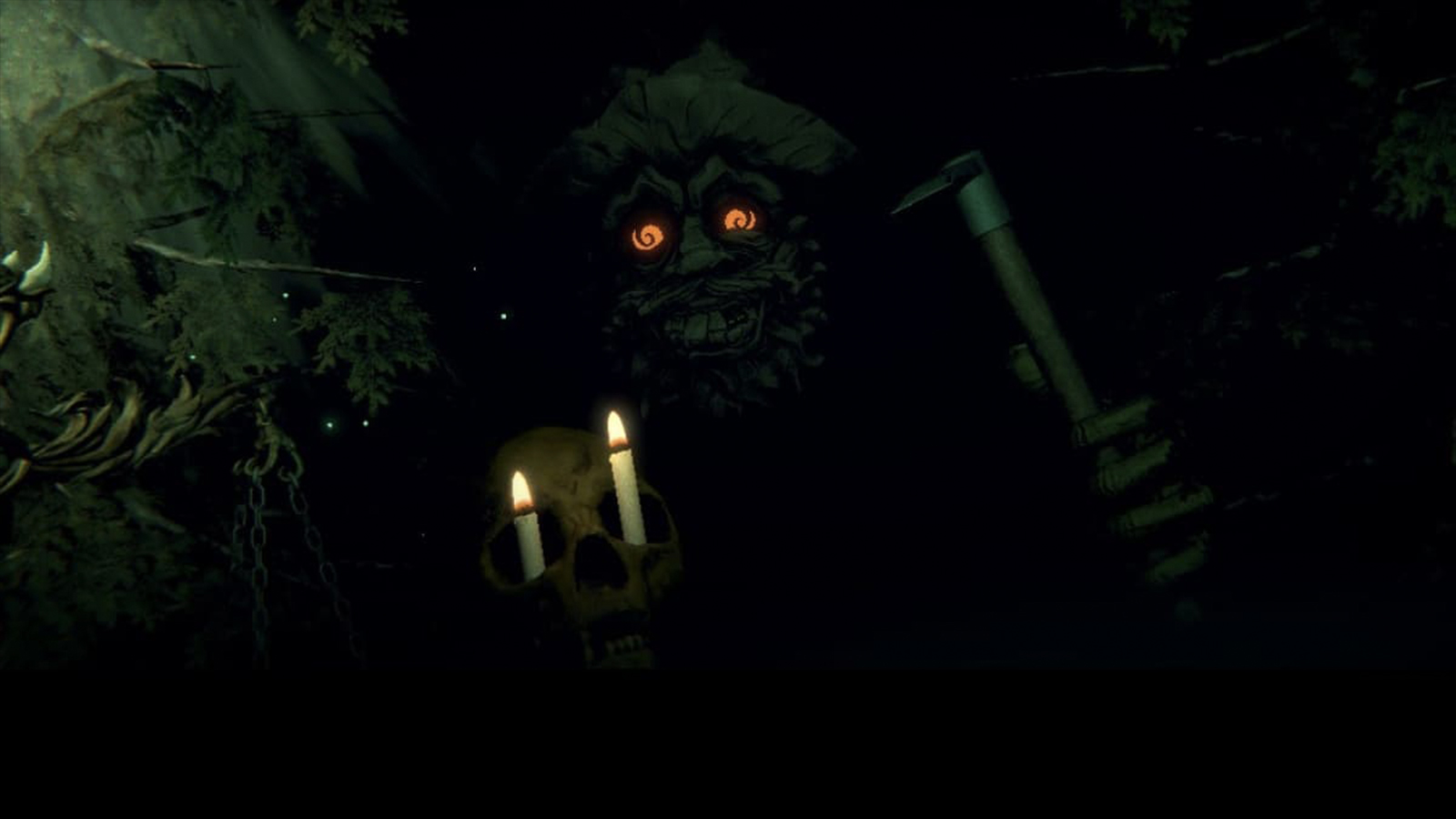
Imagine you’ve woken up, had your breakfast, and sat down for some light Hearthstone to start your weekend. Everything is going fine, the vibe is good, until the Murlok card in your hand starts talking to you. It’s saying the opponent you’re playing against is a crazy person holding him hostage, and just when you think you should put the game down you notice he’s right: your opponent is hidden in shadow and speaks in threatening riddles. You look back at your hand and your Murlok’s face has transformed into a clunky computer monitor. What the hell was in your toast? You go to exit the game but instead your character in Hearthstone gets up from the table and looks around, suddenly realizing the tavern is dark and empty. Then there’s a knock at your door, and the FBI orders you to open up and return your stolen property on behalf of Blizzard.
Daniel Mullins makes what I like to call “games cursed with sentience,” and what he likes to call “self-destructing love letters to genres” — which I also like. Pony Island took colorful arcadey point and click adventuring and invaded it with fourth wall-shattering horror. The Hex did the same with a cast of characters from multiple video game genres Rashamon-ing their way through a plot where someone is coming to murder them — where the ending had to be found within a separate video game entirely. Think Frog Fractions-likes, but also SCPs, with hints of Undertale’s classic self-aware introspection. With Inscryption, he’s wormed this dreadful signature into the delightful avenue of collectable card games.
Inscryption opens in a cabin, where you’re trapped facing a stranger who wants to play card games, but gradually, the game unfurls a mystery that is impossible to look away from. What starts as a roguelike deck builder steeped in a creepy American frontier mystique soon mutates through several different game types — an escape room, then a meta-game, then an ARG — until the entire façade of “video game” melts down around you in a clean three act structure. When I wrote about Outer Wilds two years ago, I felt it necessary to discuss the ending as it was pivotal to understanding my impression of the game, but here I’ve decided I need to do the opposite and avoid discussing where this game goes — it’s far better left as a mystery for you to solve.
To bait the hook a bit more, I will say that at different points I had to: write down binary code in order to translate it as a clue, deal with being threatened with the deletion of my actual personal computer files, and I even had to parody Yu-Gi-Oh! — complete with duel-discs and giant life point counters. I should also say that this would be a worse game if the basic card mechanics beneath it were any weaker, and boy, am I happy to say they never got stale. They are ultimately less about deck versus deck and more about solving AI driven puzzles, and I enjoyed crafting strategies around it as the mechanics steadily evolved at an almost Calvinball pace. I also love that I can go back to the beginning and simply keep playing it in its roguelike form. An online mode would be welcome, if understandably a huge ask. Really all I want is to talk to someone about how insane this game gets, so if you’ve also beaten it, please reach out.
3
Outer Wilds - Echoes of The Eye
The sixth stage of grief.
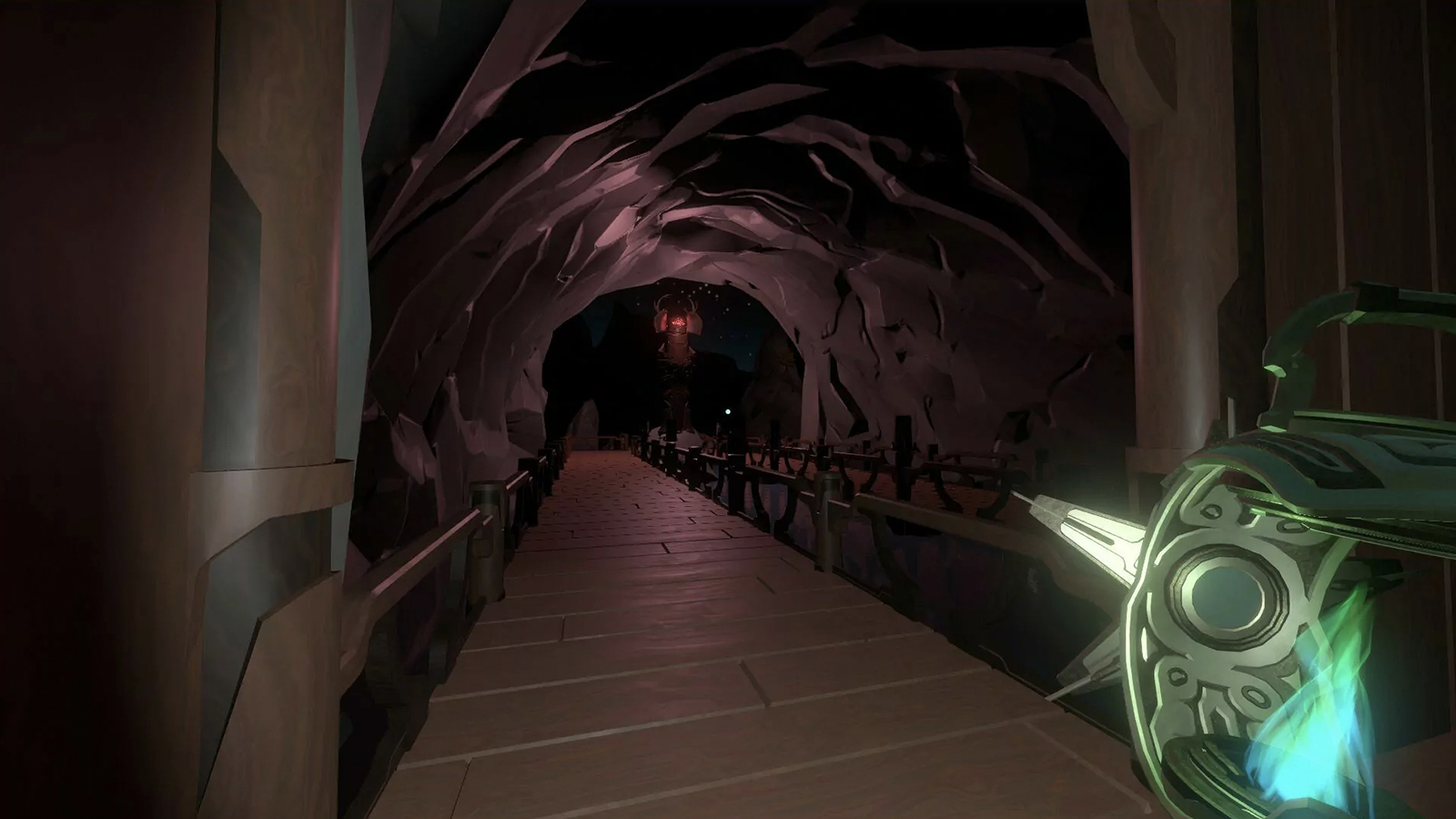
Those who know about Outer Wilds know the game is far too easy to spoil, given that its whole deal is about exploration and discovery, so it seems necessary to warn now that we’ll be getting into the thick of it with this endorsement. If you haven’t played it yet, simply put: Outer Wilds managed to outdo itself in a single expansion, and I can’t imagine the game without it now.
It blends seamlessly with Outer Wilds’ established gameplay formula, for starters. The only hint you get that there’s anything new in your game is a prompt that there’s a new exhibit in the Hearthian space museum. The new exhibit points you to a new satellite station on Timber Hearth, that points you to the satellite and images it’s taken, one of which is… well, wrong. With all the other planets in plain view, something is blocking out the sun. Following this lead you come across the new area the expansion entirely takes place in, the artificial ringworld of The Stranger. It’s artfully crafted to create a sense of wonder, like most of the spaces in Outer Wilds, but there’s a palpable difference when comparing it to anywhere else in your quiet backyard universe. The Nomai left behind a beauty in their tragedy, their love for the universe echoed in their spaces, in their recorded history or the way their bodies were found in natural places at the time of their demise. The Stranger, on the other hand, is quiet. Secretive. What information you can find is deliberately redacted and incomprehensible. The music and the vibe surrounding their space reads clear: whoever these people were, they would not want you here.
Of course, you don’t just leave, you’re an explorer through and through, and there’s a mystery to solve here. Someone was living in your solar system for years without anyone noticing, and you need to find out why, no matter how much they don’t want you to. You play by the pattern Outer Wilds has always been built on: following bread crumb after bread crumb until you’ve exhausted one lead and try and find another. You discover a second world parallel to the one in this massive ship in a way so evocative of Mobius’ tightly constructed design ethos that it put a massive grin on my face until the scarier moments of the expansion blasted it right off of me. The expansion takes great lengths to make sure you don’t have to learn anything new mechanically, simply mesh this new world knowledge in with your existing skill set, and that’s maybe one of the greatest things about it. And in the end, you get a piece to the puzzle that you didn’t even know was missing before — how did the Nomai think to come here to your solar system, and why did the Eye of the Universe’s signal stop so suddenly before they could finish their journey? It’s the best kind of DLC, the kind where you can’t imagine the game without it now. So if you were wondering how Outer Wilds made my list in two non-consecutive years, that’s why.
2
Deathloop
“Gunderson, Gunter, Mr. Blasty, Colt Jr…”
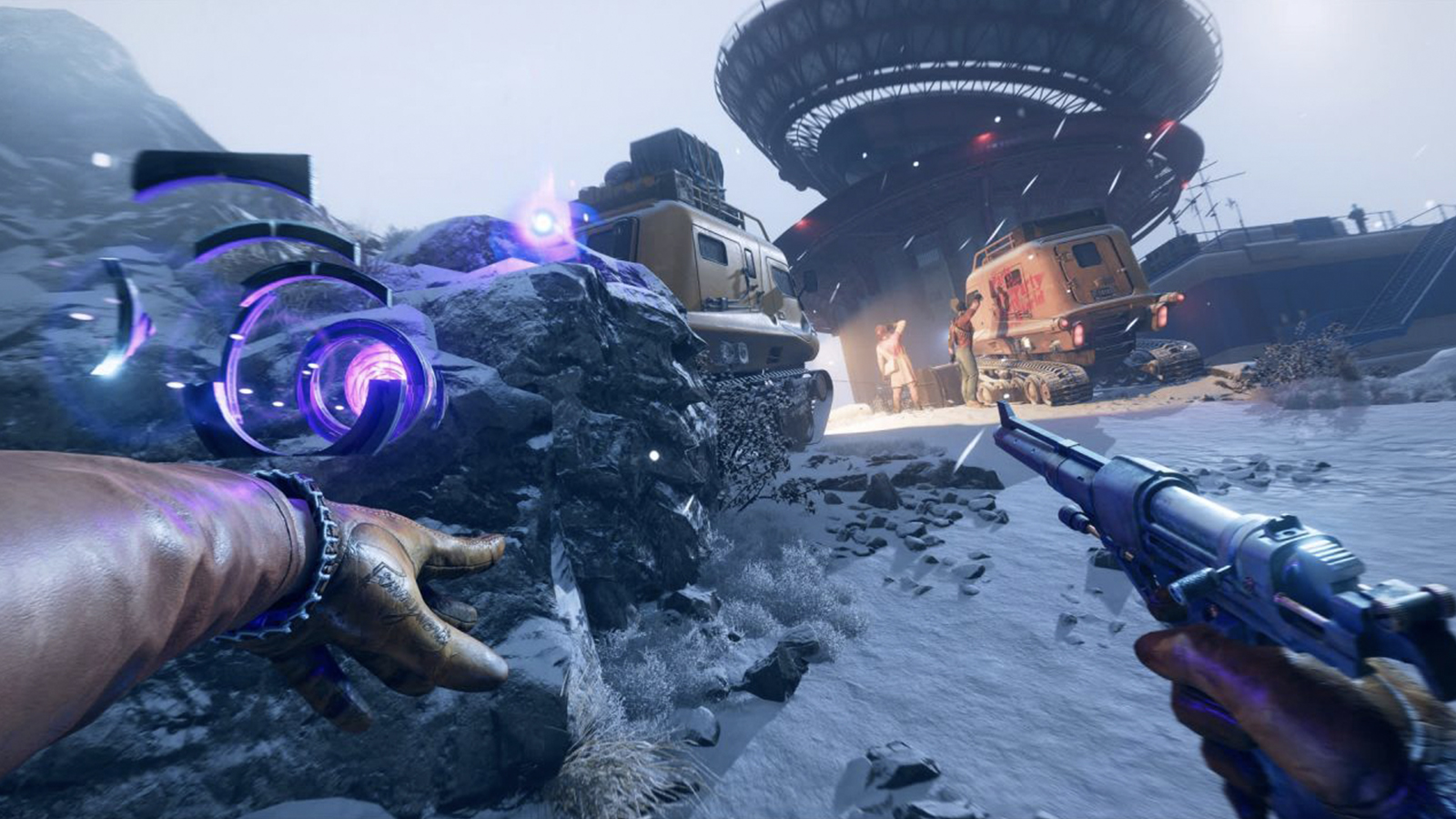
Deathloop molded me without me noticing. In my time playing Arkane’s latest, letting them scratch my immersive sim itch like no one else does, they managed to break my stealthy standards and I — blissfully unaware — jumped at the chance. You see, immersive sims have traditionally hit a number of speed bumps in their pursuit of a higher level of player agency. How can you make peaceful gameplay, which is by far the most difficult path, rewarding? How can you take the option of leaving danger present in your path and make that desirable? Lots of games in this space have left that up to the story, peaceful play makes your character nice and everyone will love them for it. But Deathloop says go nuts. Nobody cares. Please grab your toys and party; these people know death doesn’t matter, so they’re all fair game.
Realizing that, I started to have fun with this game in a way I really hadn’t been able to in previous immersive sims — while I’ve always preferred playing stealthily in other entries in the genre, it usually meant missing out on half of the game. While many of these titles, especially the ones by Arkane, have loads of content built around playing violently, you’re punished for doing just that. You can become a beautiful ballerina of murder in Dishonored, but your daughter won’t love you anymore if you do. Deathloop creates a narrative hook that establishes a very shocking precedent given the pantheon it occupies, and it’s fully committed to it. The guns are snappy and so well animated, the powers are fun and focused on creating meaningful combat encounters. You snap to a nearby target’s head when you aim down sights because Deathloop wants you to enjoy yourself in this theme park of death.
And when I say “narrative hook,” I have to talk about a couple of things. It’s not just that this world is stuck in a time loop and everybody is out here having a never ending party, with no care whether they live or die. The larger characters — heck even some smaller ones — play a big role in egging you towards murder too. Your goal is to find a path that allows you to kill eight visionaries, the founders of this timeless party, who for unimportant reasons are vital to keeping the anomaly stable. These visionaries are characters who, like a lot of Arkane’s worldbuilding, are far better than first impressions relay. Deeply disturbed, complex, violently flawed — they are just as much fun when you’re stalking and listening to them as when you go toe-to-toe with them.
Aleksis beat boxes to himself incessantly, and is so mind-numbingly annoying that I had to give credit to his voice actor for accomplishing that. Charlie and Fia have such a hostile romantic relationship that you can end up feeling sorry for them in the end. Ultimately, Colt steals the show; in stark contrast to the other characters, he isn’t afraid to be vulnerable. Arkane understands that the character you spend the most time with should be the one you never get tired of. Colt jokes with himself, screams like a girl when hurt, loses in quipping battles with Julianna and shrugs it off before wandering into each area tired but determined. And Julianna truly completes him. In fact, their battles of wit are probably better than their battles of bullets. The few times I had a fight with an invading Julianna that wasn’t a broken stuttery mess, I loved it, but the online connectivity is a bit too half baked to consistently reach those highs.
I’m going to mention the ending here very briefly so consider this a spoiler warning, but it has drawn some, let’s say undeserved, ire. You’re given a few options here, half of which are tied to some dynamic gameplay choices that make a lot of sense in the moment, and well, I picked the ending where I didn’t break the loop. I chose to stay with Julianna and learn to love it. Because I did learn to love it, it made the most sense to me personally, and I think that’s cool. Not a lot of games can reach a level of resonance quite like this, and it’s the first time an Arkane title has for me, love them as much as I do. Deathloop created a solid playground for enjoying immersive sims in new and exciting ways, and I love it for that.
1
Resident Evil Village
Bellowing, beckoning, begotten.
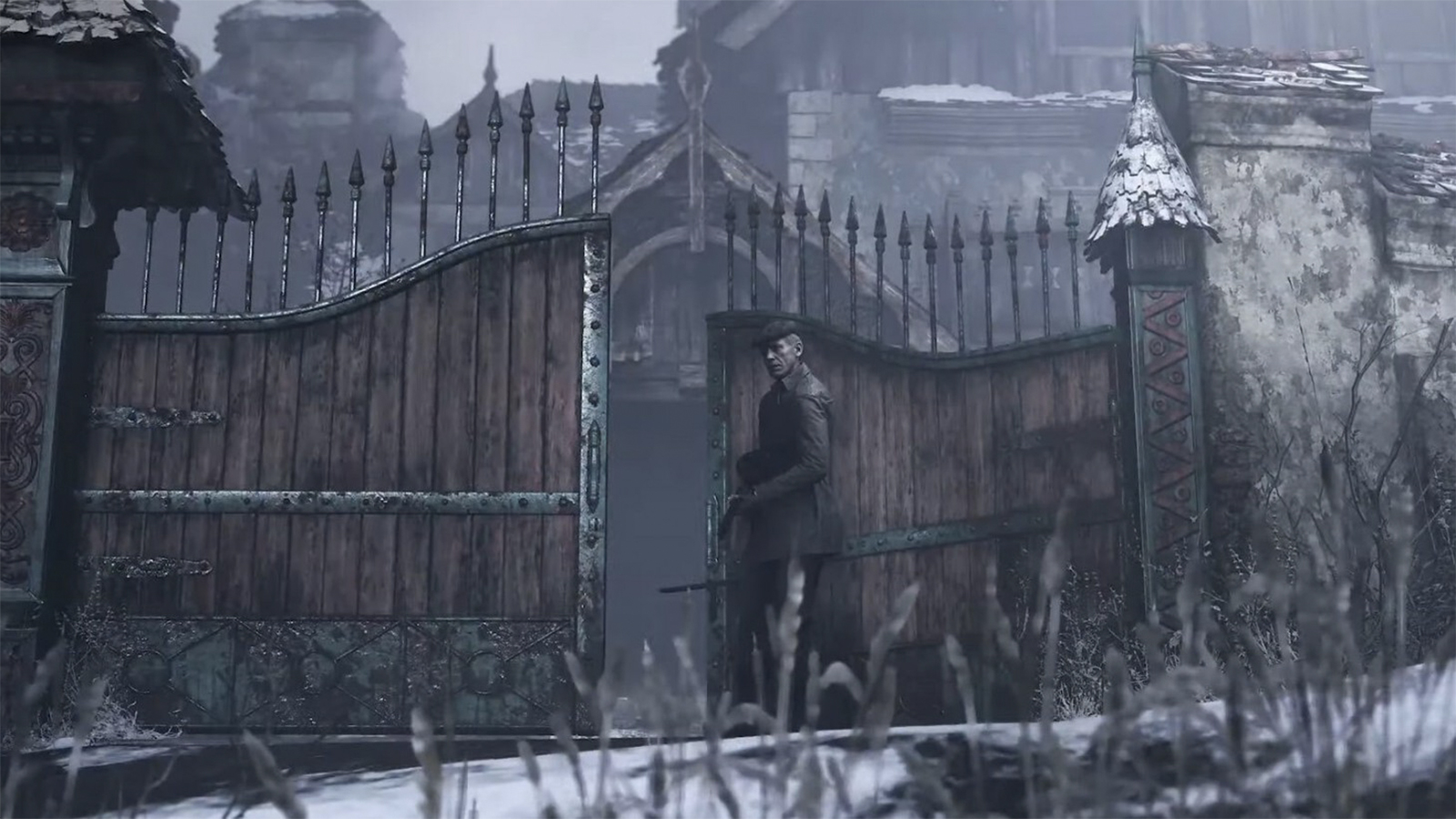
My time with Resident Evil Village is treasured. Hell, I honestly can’t believe how good Resident Evil titles have been lately. Capcom just keeps making games that you don’t want to stop playing like it’s… well, I guess it literally is their job. Through a keen understanding of player motivation and worldbuilding , the Resident Evil team has reclaimed the title of masters of survival horror.
Village follows up the events of Resident Evil 7: protagonist Ethan Winters has put his adventure in Louisiana behind him and starts a family in the European countryside. He sits down to a lovely dinner with his wife when series running back Chris Redfield tears the front door off its hinges, shoots his wife dead, arrests Ethan, and steals their baby. But something happens to the armored convoy escorting him to who-knows-where, and Ethan suddenly finds himself stranded at the titular village — a maze of quaint hovels and patchwork farms in a frozen Eastern European valley. You soon find yourself captured and thrown into a pit as the captive of the village’s matriarch, Mother Miranda, where she and her four lords look down on you with disdain.
The object of the game then becomes clear: defeat the four robot masters, beat Dr. Wily, and save your baby. Each area for each lord borrows heavily from different horror games, both within and beyond the Resident Evil franchise, from a classic RE dungeon crawl to an area styled after the Amnesia games, where you have nothing but a flashlight to help you as you’re stalked by something truly horrifying.
But in most circumstances, Ethan can arm himself to the teeth, thanks to the sensational weapons merchant, The Duke. The Duke shows up wherever you need him most and offers a plentiful stock of ammo, upgrades, and other supplies in exchange for your loot, which monsters drop constantly. One dungeon is even a more traditional shooting gallery where action takes the driver seat over horror, and plenty of segments between dungeons ask more of your shooting skills than your puzzle solving. If RE 7 was a reimagining of the series’ original trilogy, Village feels much more like RE 4, albeit without any suplexing.
But the gold in them there hills is how well the development team seemingly knows you, the player, and how smartly they’ve prepared the game for every step you make. Not only do they know where precisely to put the scares, the game works hard to help you feel like it’s never unfair. As soon as you’ve picked up a key and realized you need to backtrack a long way to get to its corresponding door, you’ll soon discover a shortcut that gets you there quicker. The whole game is a roller coaster ride in the best way, like a book you can’t put down, where every page leads so effortlessly to the next. Rewards for your hard work are plentiful and the challenge never feels too heavy. There’s life and effort bursting out of every seam, the pace is never below a light jog, and the narrative weaves so effortlessly with the action — no other game fought as hard as this one to earn a place on my list. Resident Evil Village is a culmination of game-making experience collected over two decades, and it shows. You simply won’t find another game with as finely honed an edge this year.
